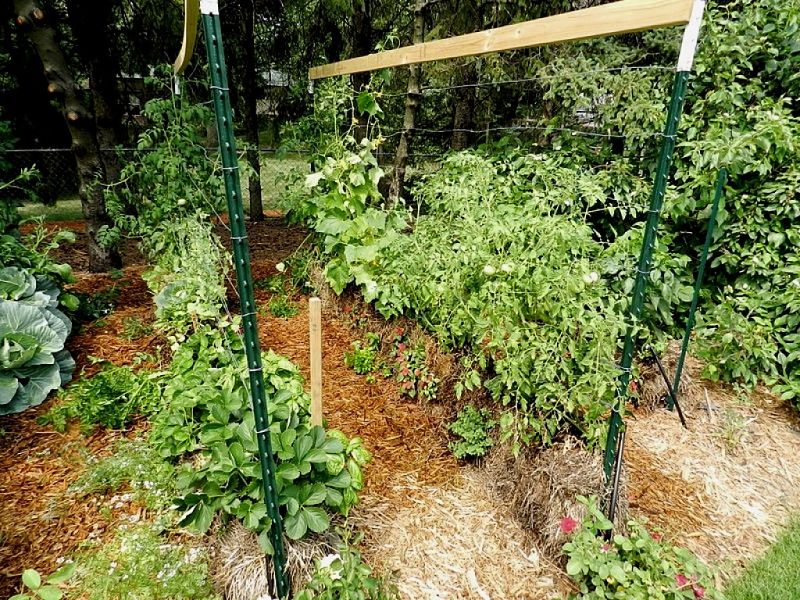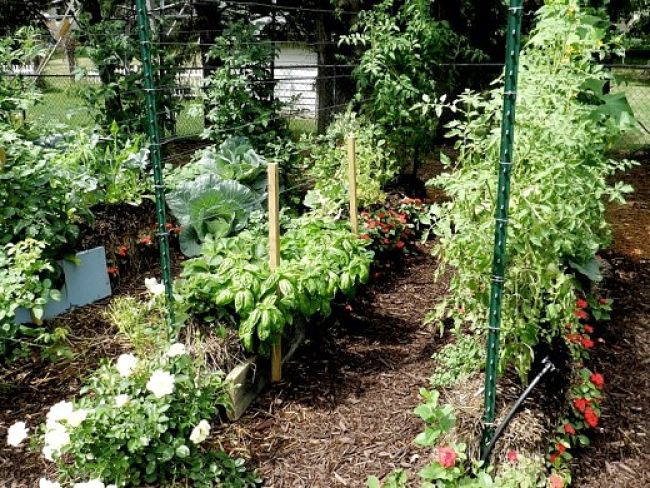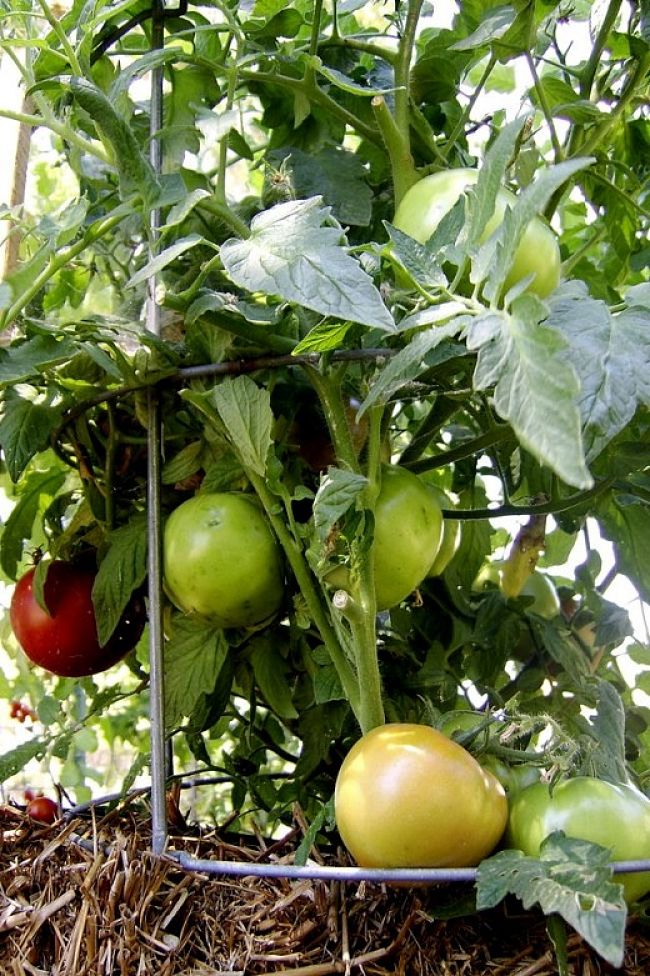Mittleider Gardening Method - Custom Soil, High Densities and Great Yields
The Mittleider gardening method is somewhat controversial as it advocates using artificial soil and watering with nutrient enriched water with the micro-nutrients customized to the needs of the individual plants.
Seedlings are raised in hot houses and then planted out in very high densities in tiny boxes and narrow beds. Vertical gardening methods are used to generate very high yields from minimum space.
Despite the artificial methods some people have advocated the method as a high-yield organic method using natural organic fertilisers.
But this is controversial.
This article reviews the method, describes how it is done and how it compares with planting vegetables into straw bales, no dig gardening methods and vertical gardening.
This method may be ideal for urban gardeners who want high yields despite the high maintenance costs.
What is the Mittleider Method of Gardening
The main features of Mittleider method of gardening are:
► Giving plants a high quality early start by starting seeds early in a seed house.
► Seedlings are planted out in 18-inch (45 cm) wide soil beds or narrow timber growing boxes.
► Plants are encouraged and supported to grow vertically to increase yields from minimum soil and space.
► An artificial soil consisting of a mixture of sand, sawdust, straw and other inert materials is used with added fertilisers. This mixture can be used re-used over and over again, with specific fertilisers added for the new crop. Normal soil can be used, but it is not recommended.
► Plants are spaced in high density, much closer together than conventional plantings and trained to grow vertically. This greatly reduces the space needed for growing.
► Plants are fed a blend of chemical fertilizers or organic ones with micro-nutrients specifically targeted on the needs of the individual plants in each box. Specific fertilizer is applied before plantings, and several times again as the plants grows, which are specifically targeted at the needs of the species planted in the bed. The pre-planting fertilizer is a mix of lime, boron, magnesium and other nutrients. Small quantities of additional minerals and nutrients are added weekly during the growing season. Organic fertilisers, compost or manure can be used in the soil mix provided it is sterile (to avoid weed seeds). Liquid organic fertilisers can also be used to feed the plants during the growing season.
► Watering is targeted to the root zone of each plant, by hand watering, or using drip or other watering systems system, minimizing the amount of water used.
Advantages of the Mittleider Method of Gardening
The advocates of this method claim that it:
► Produces much larger than average yields. Two or three crops can be harvested each year from the same beds. It has been suggested that produce 700 - 1,300 lb (350-650 kg) of produce can be produced from a garden area of 500 square feet ( 2 lb per square foot; 1 kg
► Avoids disease problems normally associated with high density plantings because the plants are fed what they need and grow vigorously, avoiding the growth checks that hamper high yields and increase the risk of diseases.
► Weed problems are minimized because there is no spare soil space in the bed and the artificial soil can be sterilized to kill weed seeds.
► In many ways the Mittleider method is similar to aquaponics or hydroponic and shares the advantages of these methods. Plants that grow in an artificial medium and which are fed specific nutrients share similar benefits.
► The method is also similar to planting seedlings into straw bales with minimum soil and many no-till gardening methods using straw and mulch.
Disadvantages of the Mittleider Method of Gardening
Drawbacks to this method are largely a matter of opinion, beliefs and preferences. Obviously the method is not organic if you use chemical fertilisers. Similarly artificial soil components, rather than organic ones should be avoided if you prefer organic methods. It may be possible to claim this method is organic by strictly choosing organic materials and methods, and perhaps natural soil. It is very similar to arguments about whether caged or high intensity chickens or eggs can be claimed to be organic if they are fed organic feed.The fertiliser mixture leaches away easily though the inert growing medium, which is why plants must be fed on a weekly basis or more often in hot weather. The runoff may be a significant problem for waterways into which it drains. The runoff could be collected and reused for other purposes. Healthy soil is sustainable, this method is clearly unsustainable, though the soil medium can be re-used. Healthy soil includes microorganisms that help feed and protect plants, keeping them healthy. It is a major step to hope to provide all the plant needs artificially. However, hydroponics methods face the same problems and can be very successful for growing high yield tomato crops, for example.



